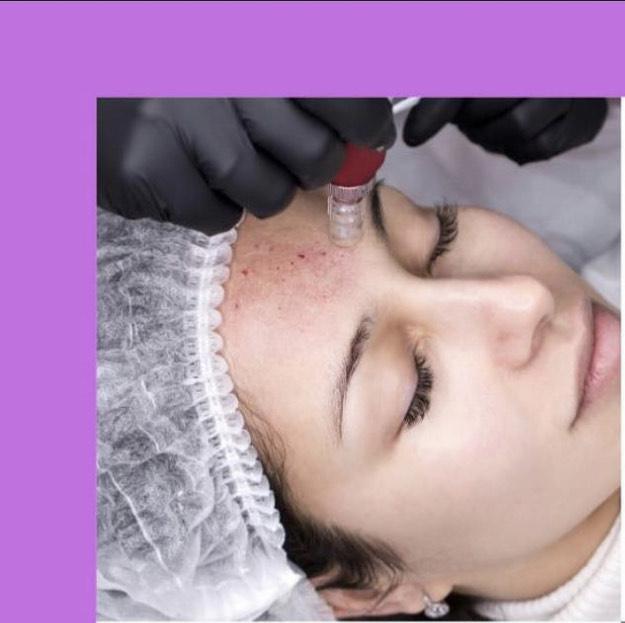Wearing masks in the Covid-19 Pandemic
This past week the CDC finally made a recommendation that the use of CLOTH face coverings can help slow the spread of COVID-19 . When people exercise social distancing measures , but are still exposed to a certain degree to the presence of others ( such as at the grocery store, pharmacies, ) it would be wise to wear a mask to prevent the unwanted transmission of large droplets that may carry the coronavirus.
What do you need to know about the cloth face covering recommendations:
- The CDC recommends the general public wear homemade cloth masks, and NOT N95 respirator masks or even surgical masks that are still needed critically by healthcare workers on the frontlines.
- Home made cloth masks can be made by anyone at home, with a little bit arts and crafts effort. Many tutorials area available on the internet. Below are some links to templates and tutorials:
- The cloth face covering is not a substitute for social distancing or good hand washing habits.
- You need to practice wearing your mask correctly. Do NOT touch the front of your mask once you are wearing it, as that part of the mask is most likely contaminated with potential viral exposure. To remove the mask, reach for the elastic bands or the ear band portion of the mask and face it away from you.
- Always make sure you cover your nose and mouth when you have the mask on.
Why did wearing a mask for the general public become a NEW recommendation ?
We have lots of evidence now pointing to the transmission of this virus when patients are not symptomatic, and shedding the virus happens about 48 hours before the onset of symptoms. Thus people who act and feel healthy, may not knowingly be spreading the virus via coughs, sneezes, or exhalation. That is why wearing a mask in everyone may be a helpful idea.
What materials do I use for a homemade cloth mask?
Studies comparing materials for home made masks were investigated in a paper by researchers at Cambridge University. Their study showed that for homemade masks, a two-layered cotton material or double layer pillowcase material are more superior in balancing breathability and effectiveness to capture virus particles when compared to other materials such as dish towel, vacuum cleaner bag, silk, scarf, or linen.
Lastly, although the cloth mask recommendation may be a very good idea for the general public, the evidence does not seem very promising for healthcare workers to wear cloth masks at work. Several studies have pointed out the inadequate protection from cloth masks for healthcare workers. In the only prospective randomized controlled study of cloth mask vs. surgical mask vs. control group by MacIntyre et al. in 2015, the data shows a higher infection rate in the cloth mask arm over control and surgical mask group. Thus it appears that for the healthcare worker, a homemade cloth mask should only be considered as a last resort, as it would only be better than no protection at all.
For more info or further questions about your skin, email us at dsb.hamzavi@gmail.com or (810) 355-4300 and please explore our virtual visit appointments for medical concerns.
The post Wearing masks in the Covid-19 Pandemic appeared first on Dermatology Specialists of Brighton.





